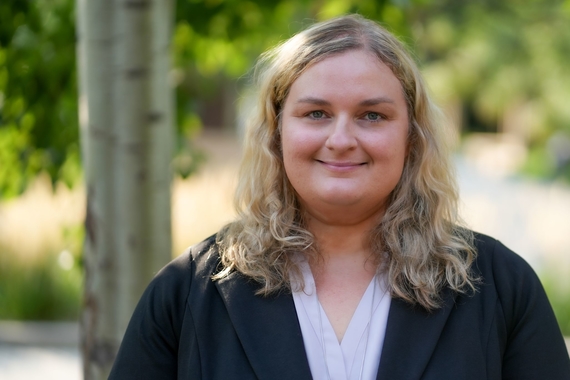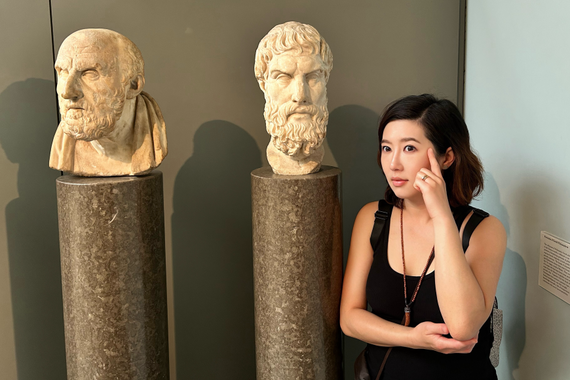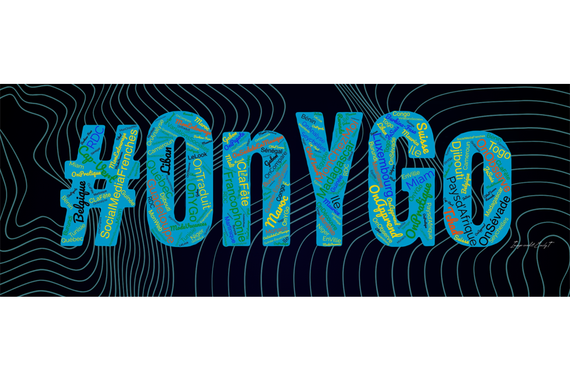Face-à-Face

I teach FREN 3014 French Phonetics, which is a course that helps students improve their pronunciation of French and acquire a more native-like accent. In the past, a lot of the in-class time was spent on "coaching" students to improve their accent. Last summer, I was unsure how well I would be able to do that through Zoom – not entirely without foundation, as it turned out. So early in the summer, I planned a hybrid delivery with five weeks of Face-to-Face (F2F) sessions (in weeks 2, 4, 6, 8 and 10) with a third of the class attending Monday, one third on Wednesday and the rest on Friday.
Then the University said we all had to wear masks, so I revised for all Zoom delivery until I found out that face shields could count as masks. French and Italian Chair Susan Noakes was VERY supportive of my aspirations, so the Department ordered face shields for all my students. Then the University Covid gurus got involved. When they learned how ancient I was (69!), they insisted on a plexiglass enclosure for me to hide behind in a "spacesuit" that was designed and built especially for me by Public Health Specialist Neil Carlson, who is a true mensch and takes his job very seriously.
Then the University banned F2F meetings in week two, so we were down to 12 sessions, four per student. The students, being human beings, had mixed feelings, of course, regarding the risks versus the potential benefits. So after every F2F week, I conducted a Zoom poll to gage student attitudes. The numbers in support of F2F meetings inched down as the state infection rates spiked, but after our third set of meetings, a majority still favored one last week together. So far we appear to have dodged the bullet: no cases reported in the class.
So was it worth it? For me yes, and for some students, definitely.
-
I was able to take advantage of the F2F sessions to deliver certain lesson components that would have been impossible to reproduce via Zoom.
-
I was able to coach students individually in a manner that was not possible via Zoom.
-
I was able to detect and correct mistakes in choral responses in the classroom that were not clear via Zoom audio.
-
Because of #3, I had the freedom to alter and refocus my lesson plan on the fly according to the performance I was hearing in the classroom.
-
Several students expressed gratitude just to have a small chance to be in a classroom a few times and to see classmates in person, since the affective filter is a big issue in this course, where I correct everyone frequently and publicly every time we meet. So building a sense of community and trust is an important component which is much harder on Zoom.
-
Personally, it gave me a big morale boost when I was feeling overwhelmed by the challenge of teaching fully on Zoom. In my F2F classes, I was able to experience anew the pleasure of presenting a coherent lesson to a roomful of willing learners who responded positively, and it reminded me why I love teaching and that I'm not necessarily terrible at it. In the meantime, I've come to get faint glimmers of the same thing via Zoom. And that will have to be enough to sustain me until next fall, at least.


